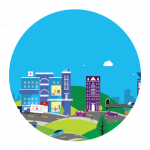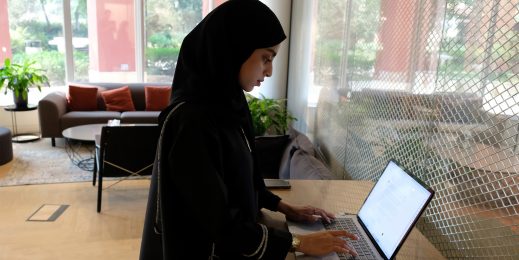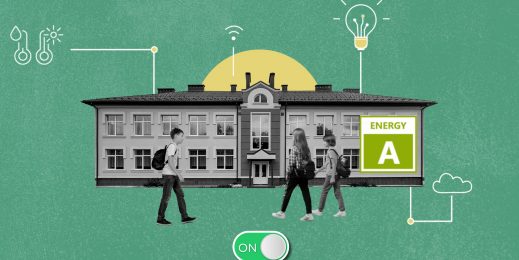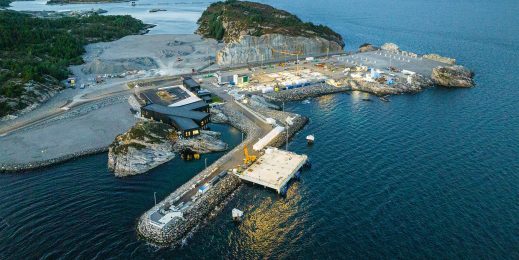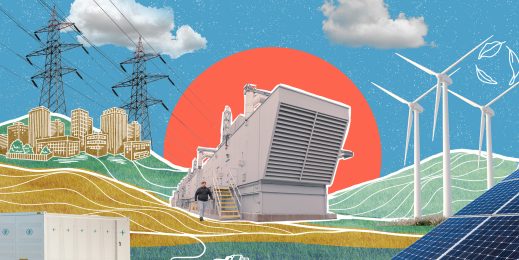Getting around in European capitals: How smart is your city?
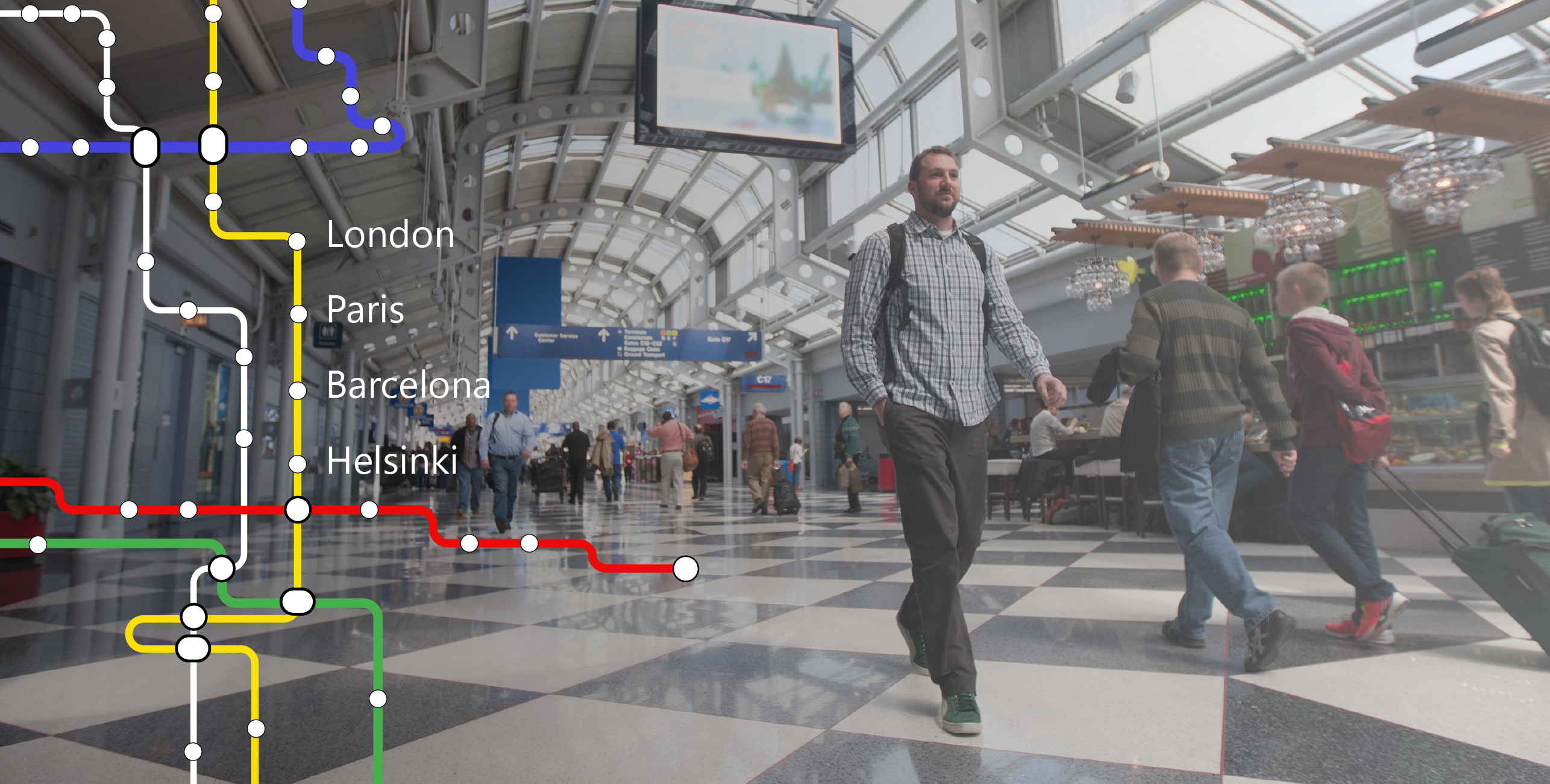
“You just need to take Bus 2 for three stops,
then change to Bus 8 towards the City station,
walk for 10 minutes towards the docks,
then take Line 5 on the metro for 5 stops.
Then call a taxi.”
We’ve all been there. Getting around in European cities sometimes requires both imagination and patience, as well as an empty schedule and a strong coffee. Some might argue that it’s part of the city experience of living la vida local. But truth is that everyone is looking for smarter ways to get around, and with the help of new technologies such as the Internet of Things, big data and the cloud, cities across our grand old continent are working hard to transform themselves.
With more than two thirds of the European population living in cities, Europe is facing a number of important urban transport challenges, including congestion, accidents and pollution. The European Commission estimates that congestion alone costs society nearly 100 billion Euro per year, or 1% of the EU’s annual GDP. The bottom line is that solving these problems for cities is leading to interesting business opportunities, better public services and important social improvements. Cities including London, Paris, Barcelona and Helsinki are rapidly embracing technologies as part of Microsoft’s CityNext initiative, creating urban projects which are propelling them into the future, all in the spirit of making their citizens’ lives better.

Most people carry a contactless debit or credit card in their back pocket, and so they can just ‘touch in and out’ to pay, then focus on getting to their destination rather than engaging in unproductive activity, which is what buying a ticket actually is.
– Shashi Verma, Director of Customer Experience at Transport for London
Even though London may be home to the world’s oldest underground railway, the system is quite possibly one of the smartest. For Transport for London, cloud and Internet of Things technology help the city effectively manage more than 1 billion public commuters each year. A new contactless payment system implemented in late 2014 is making tickets and ‘Oyster’ cards a thing of the past and creating a more fluid transport experience for commuters. Shashi Verma, Director of Customer Experience at Transport for London, describes how it works: “Most people carry a contactless debit or credit card in their back pocket, and so they can just ‘touch in and out’ to pay, then focus on getting to their destination rather than engaging in unproductive activity, which is what buying a ticket actually is.” With 350,000 journeys currently processed per day in this way and the payment data centrally managed through Microsoft SQL Server, the system is helping Londoners get where they’re going faster.
What’s more is that real-time data is making the system even smarter and more accessible thanks to the Internet of Things. Sensors placed across London’s transport system gather meaningful data in the cloud, via Microsoft Azure, which developers can use to build great transport apps. These sensors are also used to seamlessly monitor performance to rapidly respond to technical incidents and to help better protect passengers.

Paris is a city that is world-renowned for its beauty, but its traffic can get ugly. To gets cars off the roads and reduce pollution and noise, Paris teamed up with surrounding cities to develop the electric car-sharing solution – Autolib’.
In Paris, the Internet of Things is making the impossible possible – it enables drivers to find free and easy parking! Autolib’ users connect to the system via street-side rental kiosks and charging stations which are centrally managed through the cloud with Microsoft Azure. Here, they get access to a fleet of electric cars in and around Paris, with GPS-directed parking, leaving them libre comme l’air to navigate through the City of Lights.
Autolib’ has taken thousands of cars off the roads, brought down driving costs by 90% and is reducing pollution by millions of metric tons per year. It’s helping Parisians breathe easier, save money and spend less time in traffic, which is in itself a thing of beauty!

Barcelona’s springtime ‘festival of festivals’ – La Mercè – is when the full cultural richness of Catalonia is out on display. Having 2 million people celebrating across the city over 5 days requires a smart solution to ensure that they can move efficiently and enjoy the festivities.
The City of Barcelona uses big data tools like HDInsight Server and Microsoft SQL Server to turn data into insights that help them provide the best possible services. One thing they track is the movement of different forms of transport throughout the city – including bicycles! By following the movement of their Bicing shared bicycles, the City can identify discrepancies between supply and demand and can distribute the bicycles accordingly, ensuring they can be used in a sustainable way. In the future, Barcelona is planning to have thousands of sensors in the city to track this data and much more.
Being able to find a bike in Barcelona when you need one is no accident! And it comes as no surprise that Barcelona has publicly launched Mobile World Capital Barcelona, an initiative to make the city a global benchmark for mobile transformation.

Using Microsoft technologies, we have decreased fuel consumption by 5 percent, improved our drivers’ performance, and increased rider satisfaction by 7 percent.
– Michael Andersson, HeIB Technical Director
Public transport is only as good as the companies operating the network – something Helsinki’s publicly-owned transport company Helsingin Bussiliikenne Oy (HelB) knows very well. Competing against privately owned bus operators, HelB is always looking for innovative ways to lower cost and improve service.
Working with Microsoft partner CGI, sensors were installed on all of HelB’s 400 buses to measure acceleration, speed, engine temperature, fuel consumption, brake performance and GPS location. The smart analysis of all this data has turned insight into action, resulting in reduced fuel consumption, improved driver performance and safer bus rides.
As one example, HelB is using Power Map for Excel to analyse and visualise sensor data in areas of the city where emergency braking is most common. HelB can then physically examine trouble spots and find solutions to help drivers pass through these areas more smoothly and get their passengers safely on their way.
![HelsinkiBusTransport_5F00_02_5F00_Page[1]](https://news.microsoft.com/wp-content/uploads/2015/04/HelsinkiBusTransport_5F00_02_5F00_Page1.jpg)
Microsoft CityNext is a companywide initiative based on solving significant city-scale problems by empowering more sustainable, prosperous and economically competitive cities—with a simplified approach that puts people first. Helping cities solve their vast transportation challenges is a key area of focus. Devices, sensors, and data can be used to optimise transportation by reducing congestion, getting commuters home faster, and ultimately building stronger economies.





